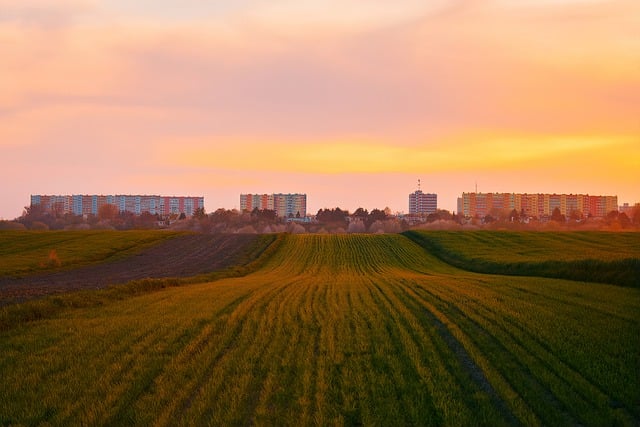In the bustling heart of urban environments, a transformative solution is emerging that not only adds greenery to grey cityscapes but also actively contributes to emission reduction. Urban agriculture, a practice of cultivating food in metropolitan areas, is gaining traction as a sustainable tool for mitigating climate change impacts.
As cities become more congested and populations soar, the environmental toll skyrockets. Traditional agriculture relies on extensive transport networks, leading to significant carbon dioxide emissions. Urban agriculture, however, offers a means to localize food production, thereby substantially reducing carbon footprints.
The Environmental Promise of Urban Agriculture
Urban agriculture reshapes city landscapes by integrating green spaces within dense areas. Green roofs, vertical gardens, and community farms not only beautify urban areas but also purify the air. Plants play a critical role in absorbing carbon dioxide and releasing oxygen, contributing to cleaner, revitalized urban atmospheres. Moreover, urban farming can repurpose neglected spaces, turning barren rooftops and abandoned lots into productive greenery.
Breathing Life into Climate Change Strategies
In the face of escalating climate change, urban agriculture serves as a potent weapon in a city’s arsenal. By curtailing the long supply chains associated with global food distribution, cities can slash emissions. Urban farms can significantly cut the transport mileage of food, making our meals not only fresher but more climate-friendly. Local food production reduces dependency on fossil fuels, decreasing the associated greenhouse gas emissions.
Beyond emission reduction, urban agriculture fosters resilience against climate extremes. By supporting local food systems, cities can better withstand global supply chain disruptions. It increases food security, ensuring urban populations have access to fresh produce even during climate-induced disturbances.
Community Empowerment and the Path Forward
Urban agriculture isn’t just about reducing emissions; it’s about empowering communities. Local gardens foster community engagement, provide educational opportunities, and can even stimulate local economies. Cities like Singapore and Detroit are leading examples, showcasing how urban agriculture can transform urban living both environmentally and socially.
As urban areas continue to grow, the adoption of sustainable solutions like urban agriculture will be critical. Integrating these practices into city planning can drive meaningful progress in emission reduction, support community well-being, and promote healthier, more sustainable urban habitats.
It’s time to rethink our cities, embrace urban agriculture, and nurture a future where urban living coexists with thriving natural ecosystems.



